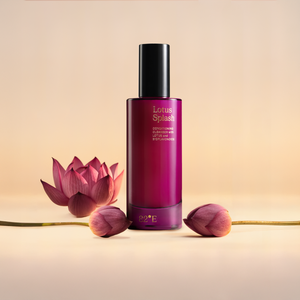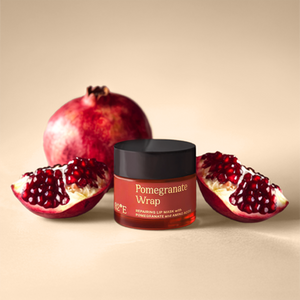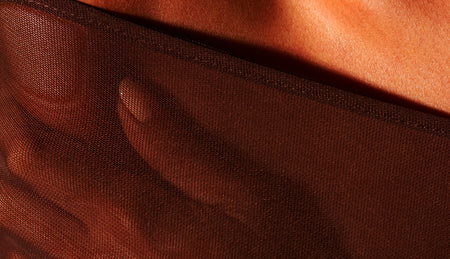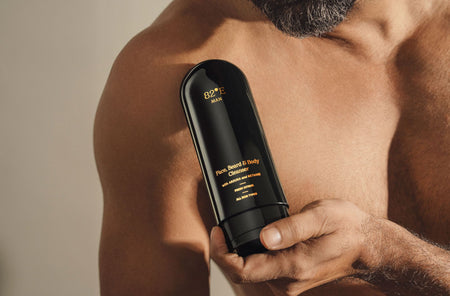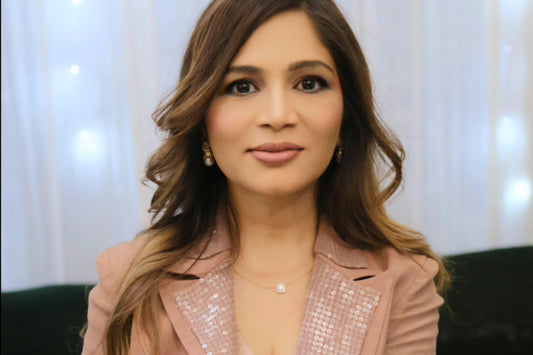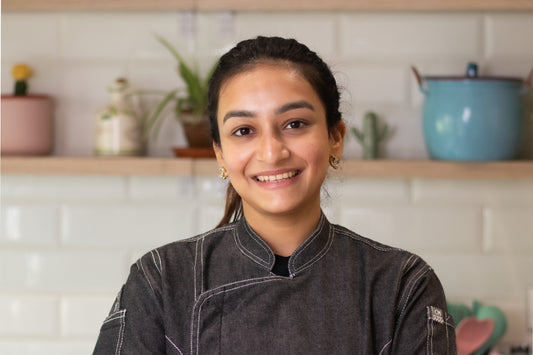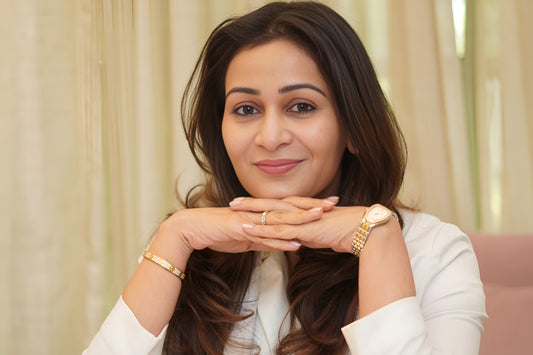
“Breathing in, I calm my body. Breathing out, I smile. Dwelling in the present moment, I know this is a wonderful moment.”
- Thich Nhat Hanh, global spiritual leader, poet, and peace activist
For most of us, daily life is filled with a number of stressors and matters that require our attention—be it related to work or our personal lives. With this in mind, if we do not find ways to slow down or unwind, we could face issues such as anxiety, stress, and feeling overwhelmed even when performing routine tasks. Many experts now advocate for daily mindfulness practices that help to center us in the present moment. One such technique, that has been practiced for centuries in India and now across the world, is the simple act of focusing on our breath: Pranayama. These yoga techniques are a powerful way to enhance physical and mental well-being and to find calm and joy in the present moment.
What is Pranayama?
Pranayama is a collection of yogic breathing techniques. They are a primary component of yoga. Pranayama is derived from Prana + Yama, where ‘prana’ means ‘life force’ and ‘yama’ means ‘control or mastery of’. It is the fourth limb of Patanjali’s Eight Limbs of Yoga.
Therefore, pranayama breathing exercises are used to control the energy of your body. Translated simply as ‘breath control’, pranayama attunes you to your emotional, physical and mental well-being.
Three Pranayama Exercises for Daily Self-care
1. Nadi Shodhan Pranayama (Alternate Nostril Breathing)
Nadi Shodhan Pranayama, colloquially known as Anulom Vilom, is one of the most powerful breathing techniques in yoga.
-
How: In this technique, you breathe through one nostril at a time and exhale through the other nostril. This alternate and rhythmic breathing balances and harmonises the flow of energy or prana in your body, promoting a sense of tranquillity.
-
When: You can practise Nadi Shodhan anytime during the day. However, it is often recommended to practise this exercise early in the morning for an energetic start to your day.
-
Why it works: Nadi Shodhan calms your mind, reducing anxiety and stress. Alternate inhalation and exhalation engage both the hemispheres of your brain. As a result, both of your nervous systems — sympathetic and parasympathetic — are balanced, generating a state of equilibrium, purifying your energy channels or nadis, and increasing the oxygen supply to your body.
2. Ujjayi Pranayama (Victorious Breath)
Ujjayi Pranayama or Victorious Breath is another important yoga breathing technique. It promotes mindfulness and a sense of inner tranquillity.
-
How: To practise this breathing technique, you need to close your mouth and gently contract the back of your throat. Now exhale and then inhale through your nostrils. Continue till you feel a fullness in your chest. While practising this breathing exercise, a soft whispering or friction-like sound is produced through your constricted throat.
-
When: You can practise Ujjayi Pranayama any time as a standalone breathing exercise or during your yoga practice. Practising before a meditation session improves your focus. Ujjayi Pranayama practice is also helpful when experiencing stress or anxiety.
-
Why it works: Ujjayi Pranayama slows your breathing by extending exhalation duration, activating your parasympathetic nervous system. It induces relaxation, lowering your blood pressure and heart rate. As you practise Ujjayi Pranayama, heat is generated in your body, enhancing blood circulation and facilitating better absorption of oxygen. This breathing technique is especially advantageous for enhancing concentration, reducing stress and insomnia.
3. Kapalabhati Pranayama (Skull Shining Breath)
Kapalabhati Pranayama, also known as Skull Shining Breath, is one of the most important yoga breathing techniques.
-
How: In this breathing exercise, you exhale forcefully and rapidly through your nose. The inhalation is passive and barely noticeable. The whole emphasis in this pranayama is on your exhalation. You will feel a quick contraction in your lower belly as you exhale. This breathing exercise helps you energise, detoxify your body and stimulate your mind.
-
When: You can practise Kapalabhati Pranayama in the morning. As the main focus is your lower abdomen, you must keep an empty stomach. In case, an empty stomach is not possible, it is advisable to keep a gap of at least 2 hours after your meal and 1 hour before a meal. Avoid practising this breathing technique during pregnancy, menstruation, or if you have a heart condition or high blood pressure.
-
Why it works: Kapalabhati Pranayama, through rapid exhalation, supplies oxygen to your blood, stimulating your abdominal area and energising your whole body. It strengthens your chest and respiratory system, enhances your lung capacity and fosters mental clarity. Kapalabhati Pranayama detoxifies the body and aids in weight loss.
Incorporating pranayama breathing techniques into your daily life will promote your overall well-being. Yoga breathing techniques offer many advantages for both your body and mind. Tapping the transformative powers of pranayama helps you to cultivate a deeper bond with your inner self and control your emotions. Unlock access to increased vitality and inner peace with these breathing techniques.


